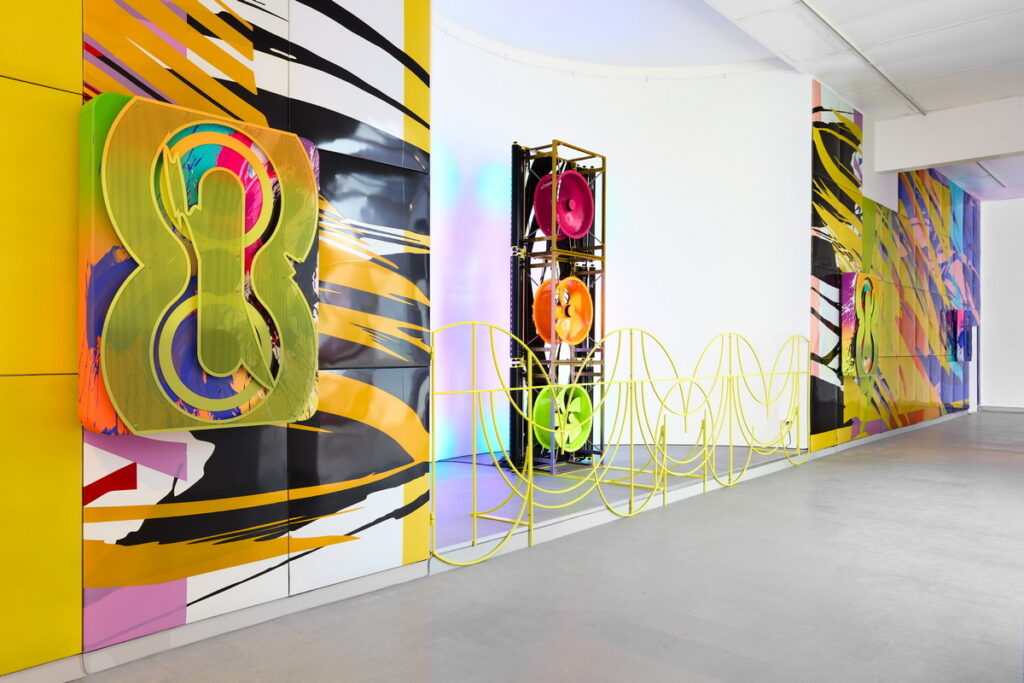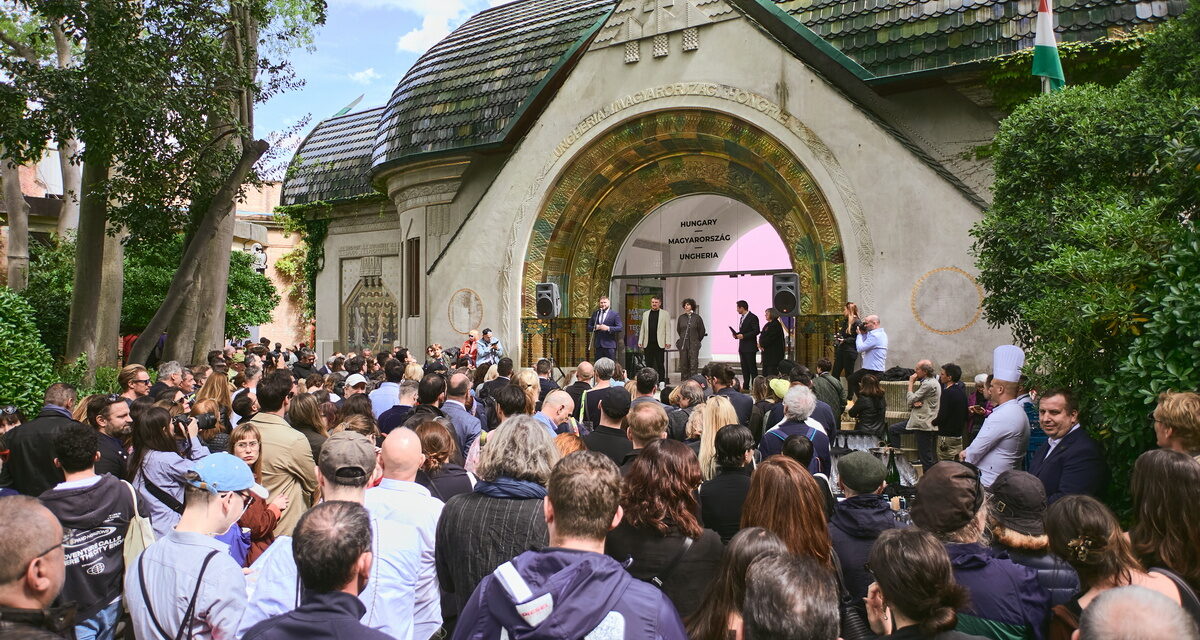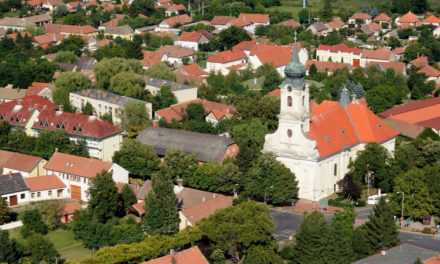The Hungarian pavilion immediately became the "most colorful and interesting" attraction, as evidenced by the massive interest in the opening.
The Hungarian pavilion of the 60th Venice Biennale of Fine Arts opened with the installation Techno Zen by Márton Nemes, which has already become the center of the cultural exhibition series, said Vincze Máté, Deputy Secretary of State for Public Collections and Cultural Development of the Ministry of Culture and Innovation after the opening.
The deputy state secretary who opened the exhibition emphasized that
the Hungarian pavilion immediately became the "most colorful and interesting" attraction, as evidenced by the massive interest in the opening. He believed that the installation of the Hungarian pavilion "has already become the star of the biennale".
Máté Vincze pointed out that the work of Márton Nemes goes beyond painting, as metal technology, music and stage lights are also part of the installation.
He said that the work entitled Techno Zen, on the one hand, evokes the world of the subculture of the nineties, reminding us of the "happy twentieth century", and on the other hand, the shaman drums used for the installation also refer to the ancient tradition of
the Hungarians represent reflexive thinking and peace in the world.
The installation is the result of complex work, to which the artist collective collaborating with Márton Nemes also contributed.

In the picture published by the Ludwig Museum - Museum of Contemporary Art, painter Márton Nemes's collective art work entitled Techno Zen in the Hungarian pavilion of the Venice Biennale on April 16, 2024.
MTI/Ludwig Museum
Máté Vincze thanked the Ludwig Museum-Museum of Contemporary Art for the implementation, whose director, Júlia Fabényi, the national commissioner of the biennale, also spoke at the opening.
According to the museum's press release, Julia Fabényi emphasized that the artist's basic concept, which combines the visual experience with sound, movement and a wide variety of image techniques, offers the visitor a special, new level of experience: it is at the same time surprising and startling from the comfort zone, since all the spaces of the pavilion it moves and organically integrates into the sensual universe of the artist.
According to the announcement, the curator of the exhibition, Róna Kopeczky, drew attention to the fact that the project is in an age characterized by extremely polarized, nuanced or completely excluded social phenomena.
wants to convey a humanist message encouraging humanity, openness, and tolerance.
The general public can visit the Hungarian pavilion from Friday, the exhibition of which will be presented in an expanded form in Budapest by the Ludwig Museum after Venice in December.

In the picture published by the Ludwig Museum - Museum of Contemporary Art, painter Márton Nemes's collective art work entitled Techno Zen in the Hungarian pavilion of the Venice Biennale on April 15, 2024.
MTI/Ludwig Museum
Hungary has participated in the Venice Biennale since the beginning, since 1895, the Hungarian pavilion - the third of the national pavilions - was completed in 1909, and its last major renovation was completed in 2000.
MTI
Cover image: In the image published by the Ludwig Museum - Museum of Contemporary Art, Máté Vincze, the Deputy Secretary of State for Public Collections and Cultural Development of the Ministry of Culture and Innovation, gives a speech at the opening of the Hungarian pavilion of the Venice Biennale on April 18, 2024.
The Ludwig Museum - Museum of Contemporary Art presents the artist Márton Nemes' collective art work entitled Techno Zen in the Hungarian pavilion. MTI/Ludwig Museum












